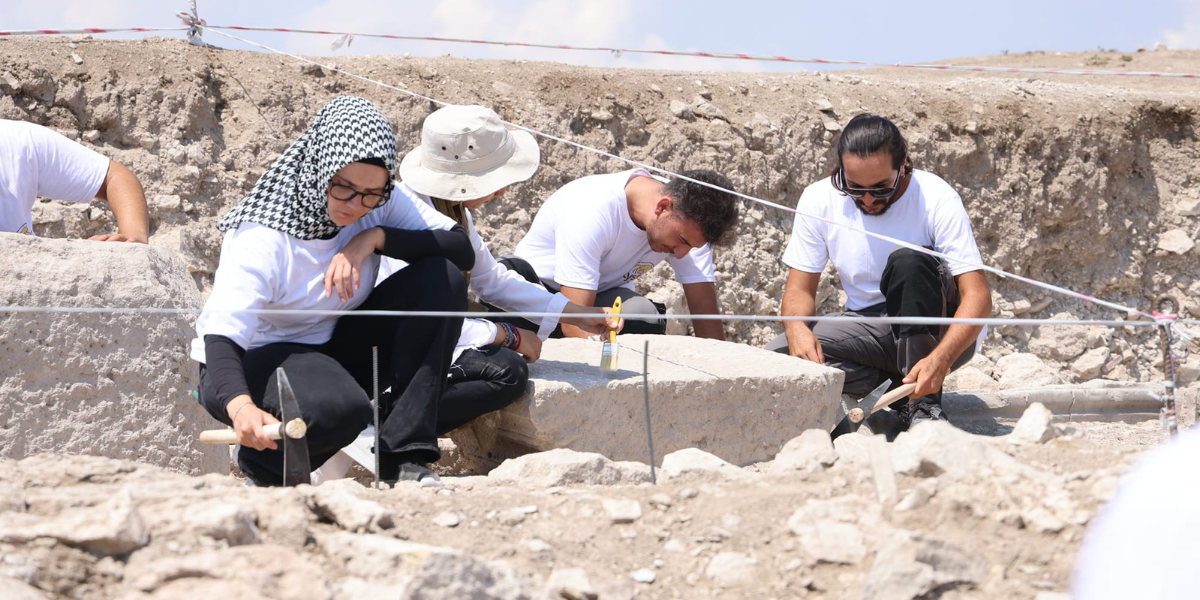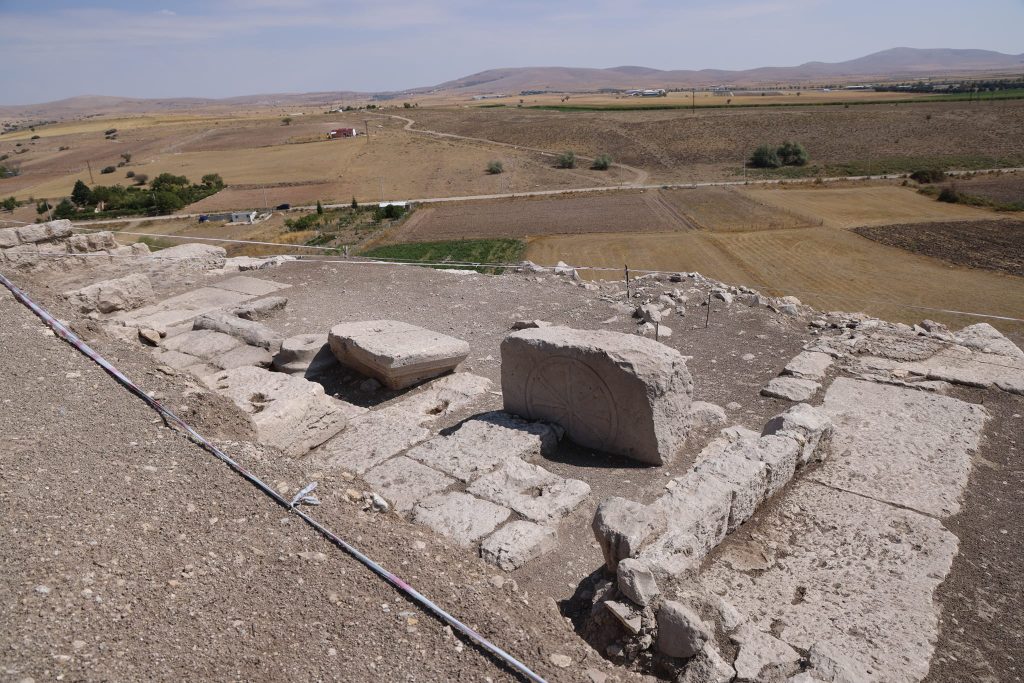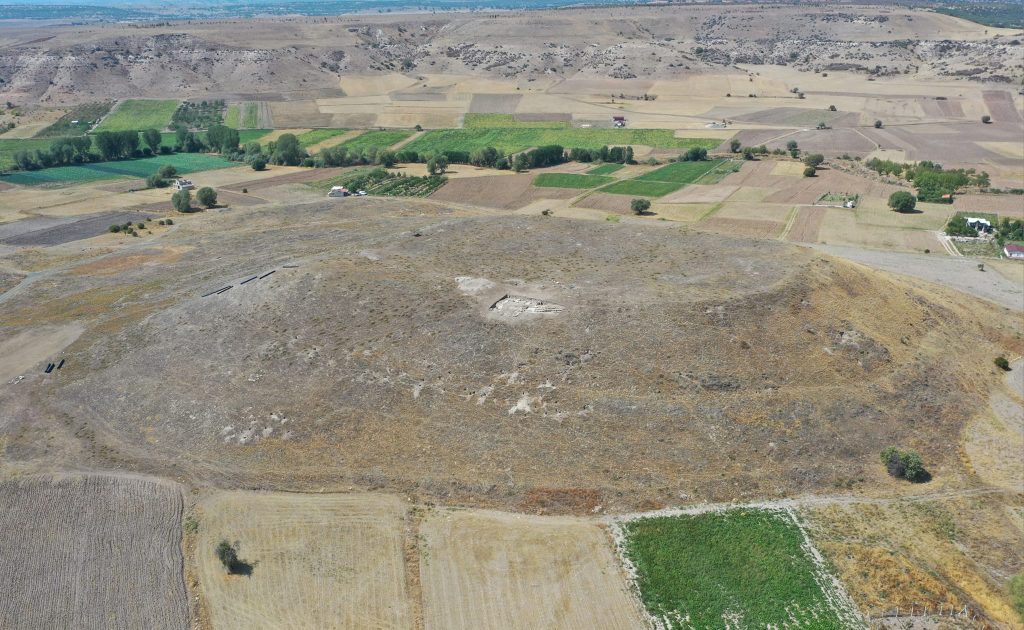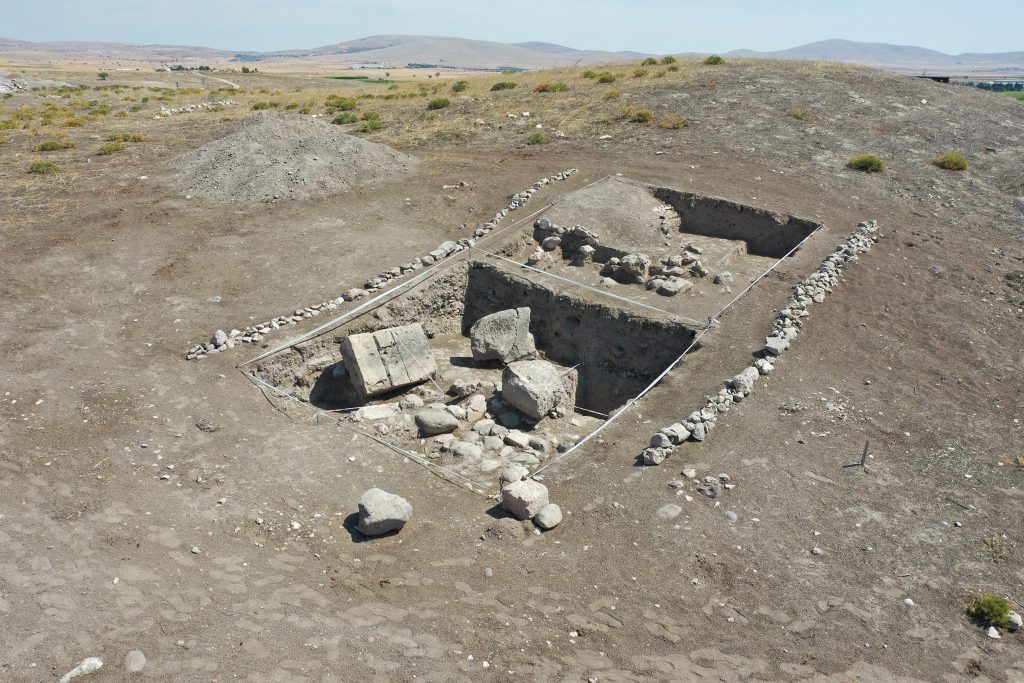
Archaeological excavations have started in the ancient city of Lystra, known as the place where St. Paul spread Christianity
Archaeological excavations have begun in the ancient city of Lystra, mentioned in the Bible as the place where St. Paul spread Christianity.
Lystra Ancient City is located near Hatunsaray Neighborhood in Meram district of Konya.
Excavation Head Assoc. Prof. Dr. İlker Mete Mimiroğlu said, “Lystra was visited by Saint Paul in the 1st century. After he healed an invalid during his visit, he was mistaken by the people for Zeus and Hermes with Barnabas. The events that followed are recognized as one of the most important miracles, especially in the Christian world, and one of the events that laid the foundation of Christianity. In this context, Lystra is actually one of the important pilgrimage centers for the Christian world and a very well-known place.”

The ancient city of Listra is mentioned eight times in the Bible.
📣 Our WhatsApp channel is now LIVE! Stay up-to-date with the latest news and updates, just click here to follow us on WhatsApp and never miss a thing!!
Assoc. Prof. Dr. İlker Mete Mimiroğlu said, “St. Paul, who started to spread Christianity in Konya, was provoked by the Jews in Konya and Yalvaç and was stoned and thrown out of the city, saying he was dead.”

“Afterwards, he was not deterred and constantly visited the city on his travels and spread Christianity here. For this reason, we see that Christianity became widespread in Lystra from the 50s A.D. onwards and a church organization was established.”

“He even had a disciple here, just like in Konya. St. Timothy is one of the most important early saints and will be considered the spiritual son of St. Paul in his life. His funeral is located in Macedonia,” he said.

1 month ago, a church was found in the excavation of Lystra, explaining that an answer will be sought whether this is the main church or not, Assoc. Prof. Dr. Mimiroğlu said, “It is a 30-meter-long church. Our work continues in this church. Our preliminary findings show that the church, which was built in late antiquity, has undergone many repairs in different periods and has been used with repeated repairs. Of course, we will be able to say these chronological developments and changes more clearly after the excavation. But from the remains that have survived to the present day, we understand that the first period structure was quite rich. The ceilings and walls are decorated with gold gilding. It was a very important building with decorations on the floor.”

Cover Photo: Meram Municipality
You may also like
- A 1700-year-old statue of Pan unearthed during the excavations at Polyeuktos in İstanbul
- The granary was found in the ancient city of Sebaste, founded by the first Roman emperor Augustus
- Donalar Kale Kapı Rock Tomb or Donalar Rock Tomb
- Theater emerges as works continue in ancient city of Perinthos
- Urartian King Argishti’s bronze shield revealed the name of an unknown country
- The religious center of Lycia, the ancient city of Letoon
- Who were the Luwians?
- A new study brings a fresh perspective on the Anatolian origin of the Indo-European languages
- Perhaps the oldest thermal treatment center in the world, which has been in continuous use for 2000 years -Basilica Therma Roman Bath or King’s Daughter-
- The largest synagogue of the ancient world, located in the ancient city of Sardis, is being restored











Leave a Reply